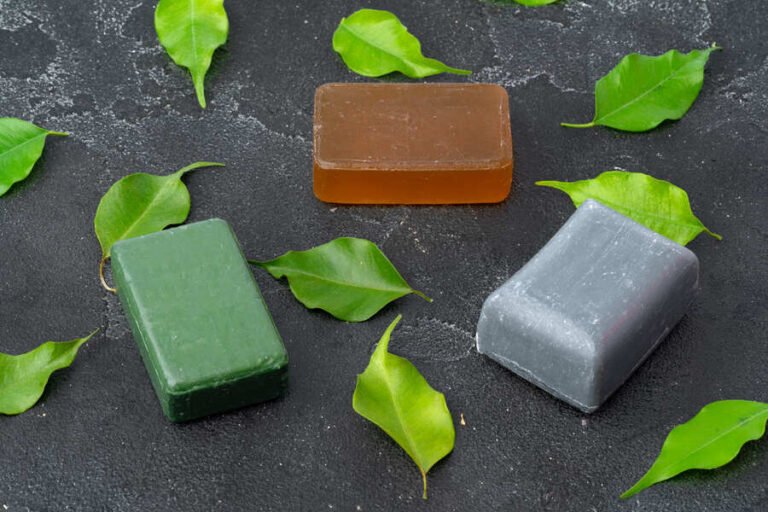Tired of those stubborn builder gel nails? Ready for a change? Removing them at home may seem intimidating, but fear not! We've got you covered with three easy tips to set you free.
Say goodbye to the risks and discomfort of improper removal. From the soaking technique to using an electric nail drill, we'll guide you step-by-step.
And don't worry, we've got essential aftercare tips too. Get ready to liberate your nails and embrace a fresh, natural look!
Key Takeaways
- Builder gel is a nail enhancement that strengthens and lengthens nails.
- Removing builder gel at home can be a budget-friendly option, but it is important to be cautious and follow proper techniques.
- Improper removal of builder gel can lead to damage to natural nails, infections, allergic reactions, and pain.
- Proper techniques for builder gel removal include the soaking technique for soft gel nail removal and using an electric nail drill for hard gel removal.
The Soaking Technique: Soft Gel Nail Removal
To begin the soft gel nail removal process, you'll need to gather a bowl, acetone, aluminum foil, cotton balls or pads, a cuticle pusher, and a nail file.
The soaking technique is a popular method for removing soft gel nails at home. It involves soaking your nails in acetone to dissolve the gel.
Before starting, ensure you have a well-ventilated area to work in. First, file the top layer of the gel to break the seal. Then, soak a cotton ball or pad in acetone and place it on your nail. Wrap your finger with aluminum foil to hold the cotton in place.
Repeat this process for all your nails and let them soak for 5-10 minutes. After soaking, gently push off any remaining gel using a cuticle pusher. Be careful not to scrape too hard, as this can damage your natural nails.
Finally, wash your hands thoroughly and apply cuticle oil or moisturizer to nourish your nails and cuticles.
When it comes to DIY gel nail removal, there are pros and cons to consider. The main advantage is cost-effectiveness. Doing it yourself saves money compared to visiting a salon.
However, there are common mistakes to avoid. One mistake is leaving the gel on for too long, which can lead to nail damage and weakened nails. Another mistake is using incorrect methods, such as scraping or peeling off the gel, which can cause pain and discomfort.
It's important to follow proper techniques and be patient during the removal process. If you're unsure or uncomfortable, it's always best to seek professional help.
Removing Hard Gel From Natural Nails: Step-By-Step Guide
If you want to remove hard gel from your natural nails, follow this step-by-step guide:
- Prepare your nails: Start by trimming your nails to a manageable length. This will make the removal process easier and prevent any accidental damage.
- Remove the top coat: Use a nail buffer or a file to gently remove the top coat of the hard gel. This will help expose the gel layer underneath.
- Use an electric nail drill: To remove the hard gel, use an electric nail drill with a fine-grit bit. Start by gently filing away the gel, being careful not to apply too much pressure. Continue until all the gel has been removed.
Remember, when using an electric nail drill, it's important to take your time and be gentle to avoid damaging your natural nails.
Once the hard gel is removed, you can proceed with your regular gel polish application or give your nails a break to allow them to strengthen and recover.
Aftercare and Nail Health: Tips for Maintaining Strong and Healthy Nails
Take care of your nails by following these simple tips to maintain their strength and health.
After removing builder gel, it's important to establish a nail care routine to prevent nail damage and promote healthy growth.
First, keep your nails moisturized by applying cuticle oil daily. This will prevent them from becoming dry and brittle.
Additionally, avoid using your nails as tools for opening cans or scratching surfaces, as this can lead to breakage.
When filing your nails, use a gentle back-and-forth motion to prevent splitting.
It's also important to regularly trim your nails to keep them at a manageable length.
Lastly, protect your nails by wearing gloves when doing household chores or working with harsh chemicals.
Frequently Asked Questions
Can I Remove Builder Gel by Simply Peeling It Off?
No, peeling off builder gel is not recommended. It can damage your natural nails and cause pain. There are alternative methods, like using acetone or an electric nail drill, that are safer and more effective.
How Long Should I Soak My Nails in Acetone for Soft Gel Nail Removal?
To achieve soft gel nail removal, soak your nails in acetone for about 5-10 minutes. However, consider using alternatives to acetone and follow tips to prevent damage to your nails during the removal process.
Can I Use a Regular Nail File to Remove Hard Gel From Natural Nails?
Yes, you can use a regular nail file to remove hard gel from natural nails. However, DIY methods for removing builder gel require caution to avoid damage and infection. Seeking professional help is recommended if unsure or uncomfortable.
What Should I Do if I Experience an Allergic Reaction During the Removal Process?
If you experience an allergic reaction during the removal process, it's important to stop immediately and seek professional help. They can provide alternative removal methods and ensure your safety and comfort.
Is It Safe to Apply Another Gel Polish Immediately After Removing Builder Gel?
Applying gel polish immediately after removing builder gel can be done, but it's essential to clean and sanitize nails properly. Taking a break from builder gels is recommended for nail strengthening and recovery.
Conclusion
Congratulations! You've successfully learned how to remove builder gel with our three easy tips. Now you can say goodbye to your old gel nails and hello to fresh and natural ones.
Remember, proper technique and aftercare are essential for maintaining strong and healthy nails. So go ahead and give it a try, but always remember to seek professional help if you're unsure or uncomfortable with the process.
Happy nail transformation!







